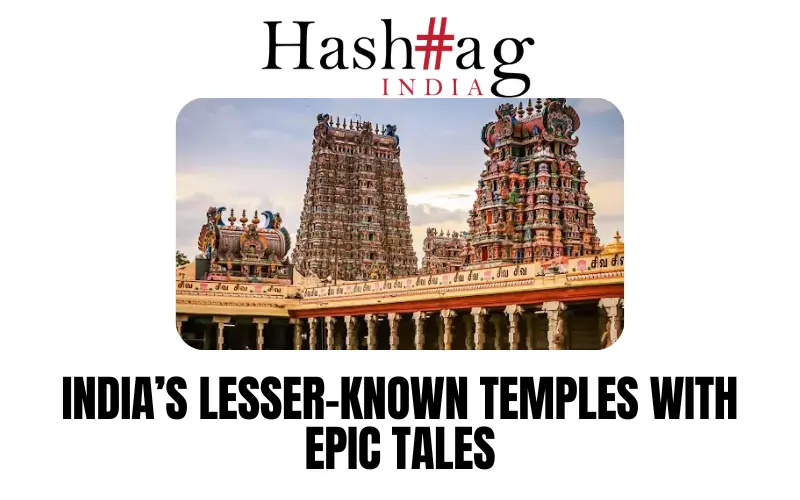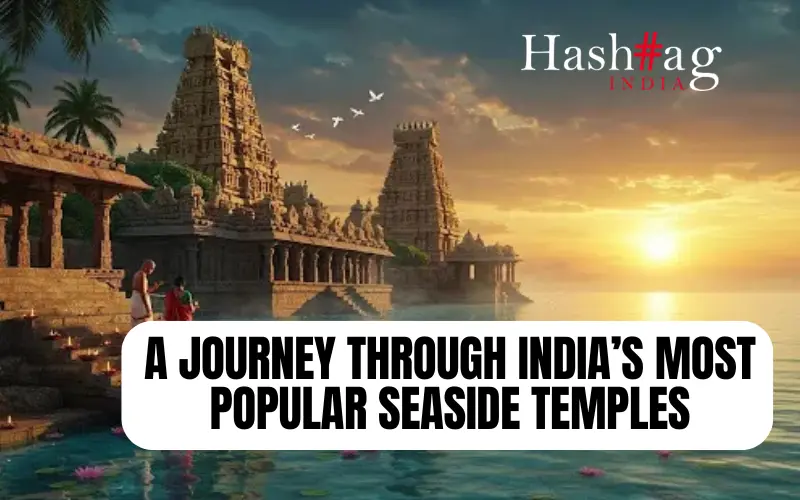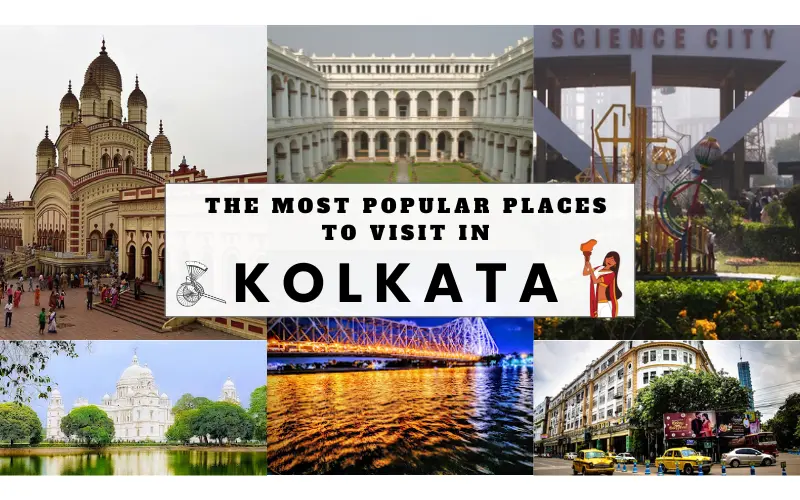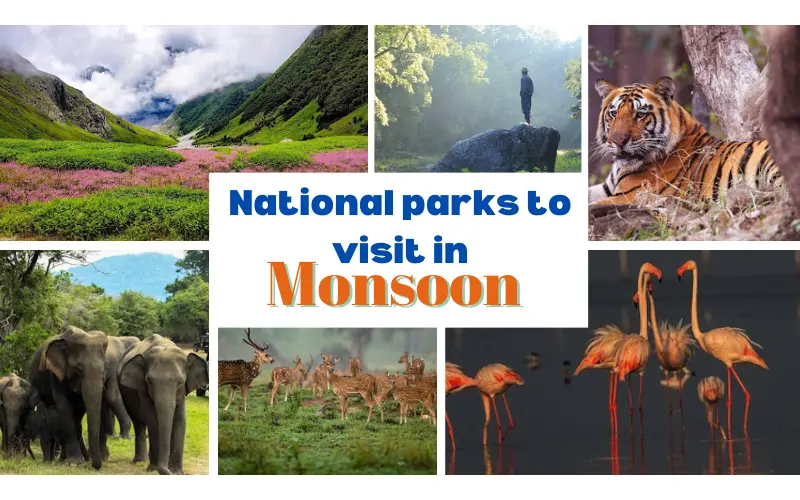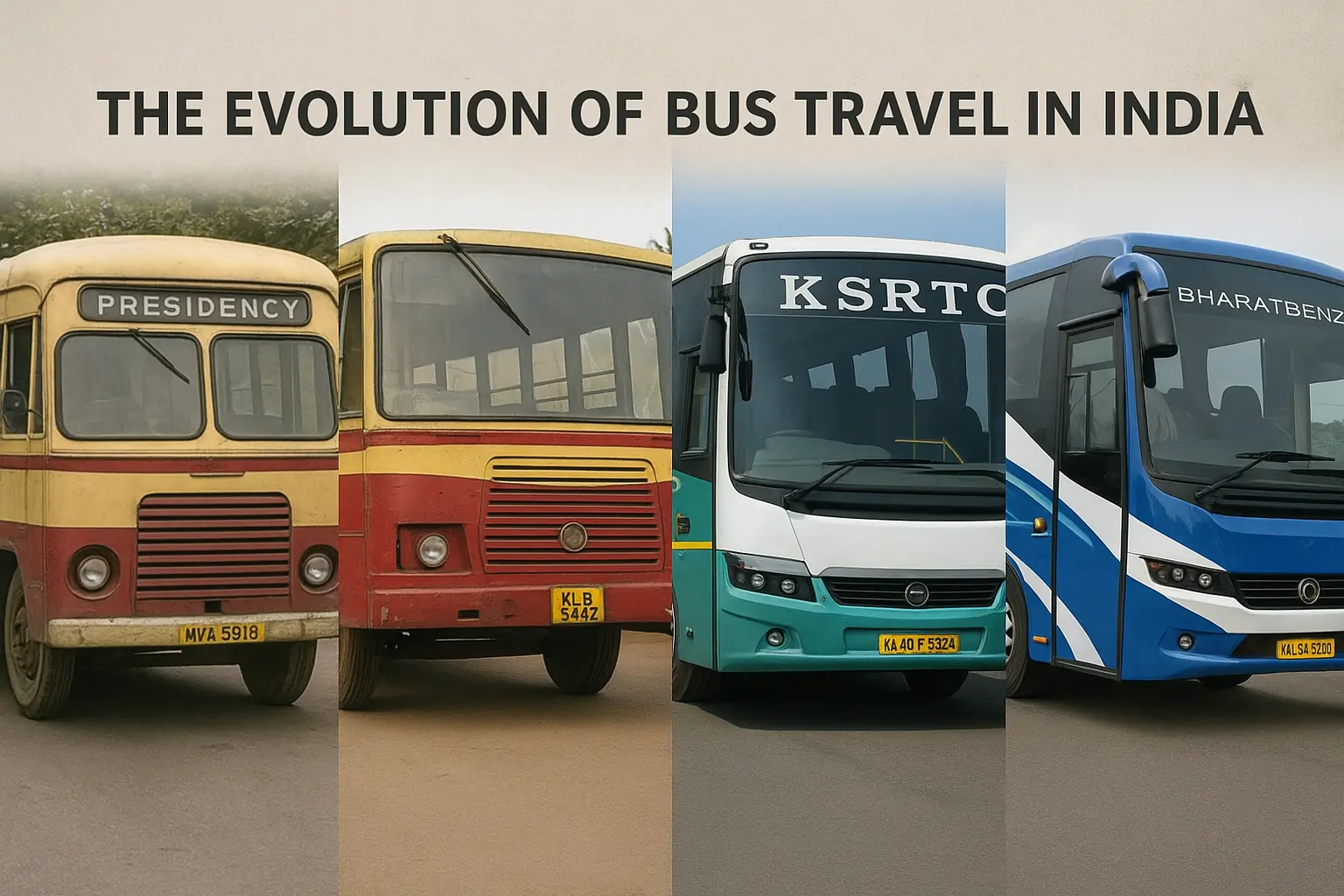India, a land steeped in spirituality and mysticism, is home to countless temples, each narrating tales of devotion and tradition. These temples are not just places of worship but profound cultural hubs that preserve the unique heritage of the regions they grace. Dhanush Kumar embarks on a pilgrimage to explore eight of India’s most revered temples and the unique traditions that set them apart.
8 Iconic Temples and Traditions
1. The Golden Temple, Amritsar: This serene Golden Temple, also known as Harmandir Sahib, symbolizes equality and brotherhood. Unique to this temple is the tradition of Langar, a communal kitchen where volunteers serve free meals to thousands daily, embodying the Sikh principle of selfless service.

2. Jagannath Temple, Puri: Famous for its annual Rath Yatra, the Jagannath Temple’s most unique tradition is the preparation of ‘Mahaprasad’. Cooked in earthen pots stacked one atop the other, the food is offered to Lord Jagannath first and then sold to devotees, symbolizing the temple’s embrace of all castes.

3. Venkateswara Temple, Tirumala: Atop the seven hills of Tirumala, the Venkateswara Temple is renowned for its practice of ‘Tirumala Head Tonsure’. Devotees shave their heads in an act of humility and surrender, offering their hair to the deity, Lord Venkateswara.

4. Meenakshi Amman Temple, Madurai: The Meenakshi Amman Temple is an architectural marvel and the host of the vibrant ‘Chithirai Festival’. This annual celebration re-enacts the divine marriage of Goddess Meenakshi to Lord Sundareswarar, drawing millions of visitors.

5. Kashi Vishwanath Temple, Varanasi: The Kashi Vishwanath Temple, residing in the oldest living city, is known for its ‘Ganga Aarti’. Every evening, priests perform a ritualistic aarti to the holy river Ganges, an embodiment of life and purity, against the backdrop of ringing bells and chanting.

6. Sabarimala Temple, Kerala: Accessible only by foot through dense forests, the Sabarimala Temple’s unique tradition is the ‘Mandala Vratham’. Before embarking on the pilgrimage, pilgrims undertake a 41-day fast, practicing celibacy and abstinence, signifying the journey of the soul to enlightenment.

7. Virupaksha Temple, Hampi: The Virupaksha Temple, amidst the ruins of Hampi, is famous for its annual ‘Car Festival’. During this event, the temple chariot is taken in procession, symbolizing the sun’s chariot moving across the heavens, a tradition that connects the cosmic with the terrestrial.

8. Akshardham Temple, Delhi: The Akshardham Temple is a relatively new addition known for its ‘Water Show’. This multimedia spectacle combines water, light, and sound to narrate stories from Hindu mythology, showcasing India’s technological prowess alongside its spiritual traditions.

Conclusion:
These eight temples are beacons of India’s diverse spiritual landscape, each offering a unique window into the soul of its traditions.


